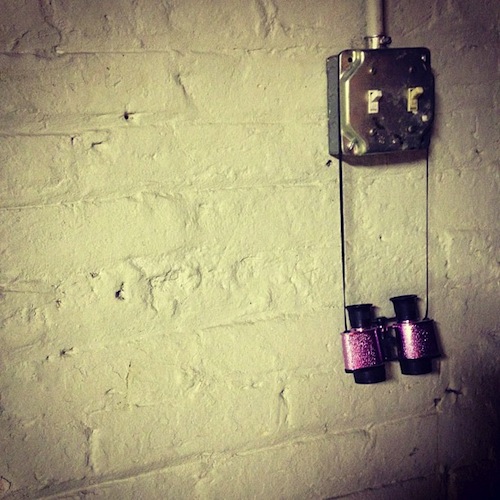As the end of the year approaches, many people look forward to the advent of a new season. Perhaps they anticipate more professional and financial success or a more holistic lifestyle in the next year. Perhaps they are just happy to turn the corner and leave a difficult string of months behind. I have no problem understanding the appeal of resolutions to live better, happier, healthier lives; I just prefer reflecting on the past year to forecasting the one to come. What I love is taking stock.
I’ve never worked in retail, but I have held many an office job that involved filing, and a brief gallery internship that entailed taking inventory. There is something in the sorting and stacking, the shuffling, straightening, and squaring away that I relish. But it is not only the physical process of taking stock that soothes and satisfies me; it is the opportunity to invent and impose a new system on the objects or data in question. I see the same opportunity in the closing of a calendar year, for experiences can also be transformed through classification and analysis. Lest you think I am arguing for a data-driven view of experience, rest assured. That is not my intention. I am merely suggesting that events in our lives, whether they happen to us or we make them happen, often make much more sense in retrospect.
A couple of months ago, I had a last-minute opportunity to accompany the multitalented members of the Museum of Contemporary Art’s Teen Creative Agency to Tricia Van Eck’s community arts experiment 6018North, located in the Edgewater neighborhood of Chicago. The uninsulated and rather dilapidated mansion is currently host to a series of installations that transform each room into one artist’s ruminations on public versus private space. Van Eck explained that this exhibition is the last show open to the public before the crumbling building will be closed and renovated. She mentioned energy-efficient solutions drawn up by Illinois Institute of Technology students in a class she co-taught last spring, which focused on ways to retrofit the old house in environmentally friendly ways. Ever since that day, I’ve been thinking about the word “retrofit.”
To retrofit a structure is essentially to modernize it, by installing equipment not in existence at the time of its construction. There is more to the process than just updating, though, as it is rarely as simple as putting the new parts in place. Oftentimes, there is no “place” for the parts, as an outmoded system will not support the modern technology. The true challenge of retrofitting is devising creative and efficient ways to make the old structure and the new parts fit together.
This struck a chord with me because at the time, I had just begun a job in the external affairs department of a science museum – a marked departure from my recent studies in art education. Putting aside the idea of working on the floor in public programs and accepting a position in museum administration did seem like a risk, but one that I was sure would pay off in the end. Although I can’t articulate it presently, I feel strongly that aside from granting me a steady income, this choice will eventually make perfect sense in the greater trajectory of my career.
We all must bear the marks of our accumulated experiences, but we are also granted the opportunity to explain those marks in any number of ways, and put those accumulated experiences to any number of uses. I am thinking now of the show Jimmy Robert: Vis à vis, which closed last month at the MCA Chicago. The exhibition was beautifully crisp, leaving plenty of room for appreciation of Robert’s delicate aesthetic and for meditation of the themes of his work. Robert is in love with many things, including choreography and the human body, but chief among them is paper. His elegies to the everyday material present and embody an endless cycle of rebirth. A sheet of blank paper becomes crumpled; is dropped on the ground; becomes a photograph; is propped on the floor in the very position in which it was photographed; becomes an art object.
Robert’s work is witty as is, but as a metaphor for the body, it is beautiful. In the same way that our bodies endure physical wear and tear that lead to new and surprisingly lovely iterations, each and every experience we undergo leads to richer and more layered versions of our personal narratives. Sometimes we have to wait many months or years to put those experiences on display in a way that allows us to impose an overarching logic. Eventually, though, the time comes to take stock, and we realize that it all fits together in the end.






